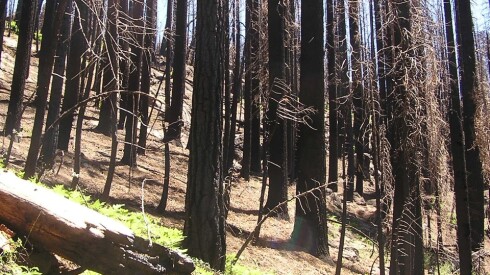-
City Council members voted not to proceed with the proposed project, due in large part to public pressure from residents with fears about its water usage. The project, a council member said, will likely still continue.
-
The ALERTCalifornia network has the capability to funnel data to researchers studying the multiple environmental causes of wildfires, while also granting the public and first responders real-time visual access to detect threats.
-
Through a combination of tech and data, the California Department of Water Resources is measuring the historic rainfall and snowfall the state saw this year — and in a way that helps prepare for the next drought.
More Stories
-
Buffalo, N.Y., is reversing a decadeslong trend of population decline by positioning itself as a “climate refuge city” in the face of climate change and a pattern of extreme weather events across the country.
-
Heat waves have hit cities around the country this summer. With extreme heat and heat-related disasters projected to increase, local governments are considering the ways they can help mitigate risk.
-
The state is working on deploying a Hydrology Information Center like the one in Iowa, after a period of severe drought followed by unprecedented flooding, to get a handle on the trend of warmer, wetter weather.
-
The reservoir water, sometimes piped hundreds of miles across the state, serves 29 water agencies that contract for supplies. In total, more than 27 million Californians and 750,000 acres of farmland get at least some of their water from the project.
-
The “water and drought resilience” piece was allocated $5.2 billion to be rolled out over three years. Of that, roughly $400 million is money left over from three old water bond issues. The rest is new cash.
-
The Yosemite-Stanislaus Solutions group, composed of entities from environmental and industry interests, has dedicated itself to developing a healthier forest through fuel reduction and reforestation projects.
Most Read

















